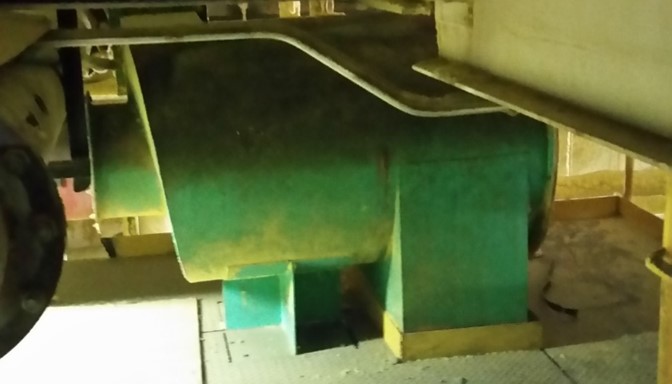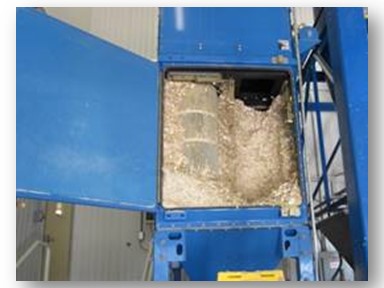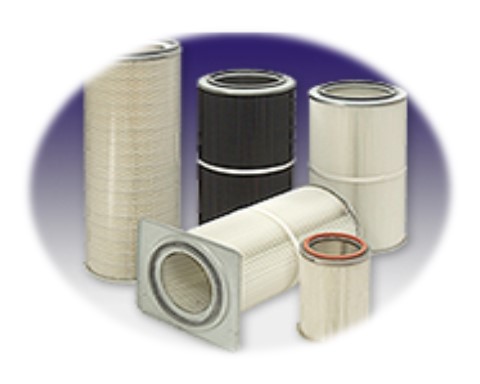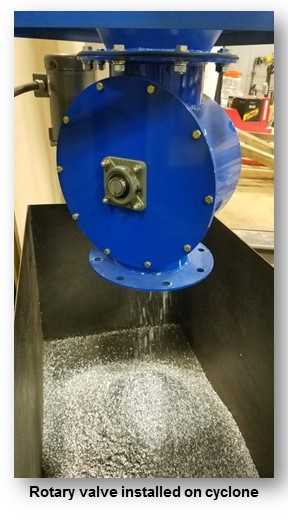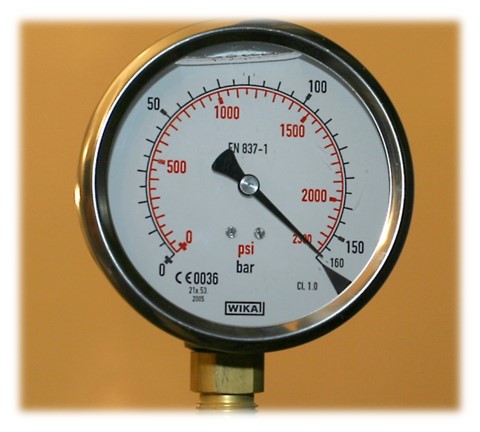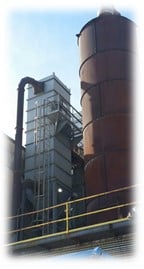Dust collections systems are complex entities. They consist of multiple pieces of equipment, and if one of them is not operating correctly, could cause the failure of the whole system. All dust collection systems consist of the dust collector (cyclone, baghouse, cartridge collector, wet scrubber), exhaust fan, ductwork and hood/pickup points. Each of these is extremely important to the operation of the system.
If the dust collector isn’t properly maintained, the system will gradually lose efficiency over time, until it isn’t performing to the optimum. Often, this isn’t even noticed by the operators because it gradually changes. However, a new worker or outside observer will notice it, since they will see dust building up around the pickup points. This gradual efficiency loss can be caused by dust collector issues, dust buildup in the ductwork, or fan issues. It could also be caused by modifications of the dust collector system after it was installed.
One way to monitor a dust collector system is with pressure drop across the dust collector. This is a very good way to see if the dust collector is plugging up. The one issue with this is that if you aren’t constantly monitoring the system, the dust collector could plug up, and a decrease in airflow through it could provide the same pressure drop. Regular inspections of the dust collector and ductwork should be scheduled to make sure issues are not developing.
Another great way to check your system is to measure the airflow at various parts of your system. These measurements will tell you if the system is operating correctly. The reason you want to take multiple measurements is that when you have more than one pickup point, air will travel the path of least resistance. This means that if one of your pickup points is plugged up, more airflow might be coming from the other pickup points, and the total airflow at the dust collector might be nearly the design amount. However, the plugged up pickup point isn’t operating as designed.
Often times, dust collection systems are designed for a specific function, then over time, it is changed by either adding or removing pickup points. This could seriously affect the performance of a dust collector system. If the changes are made without running calculations, pickup point airflows could change, which could allow dust accumulation around certain areas.
If you have modified your dust collection system in the past, it is a good idea to run some calculations on your system, to make sure it is operating correctly. If you are planning on modifying your system, design the change so that your system will operate correctly. If you don’t know if your system has been modified and/or you have dust buildup, check the system design. If you don’t have the time or expertise for this, consultants can be hired to help you out.
Click here to get a free guide for helping you to evaluate if your current dust collection system is properly and efficiently operating.




